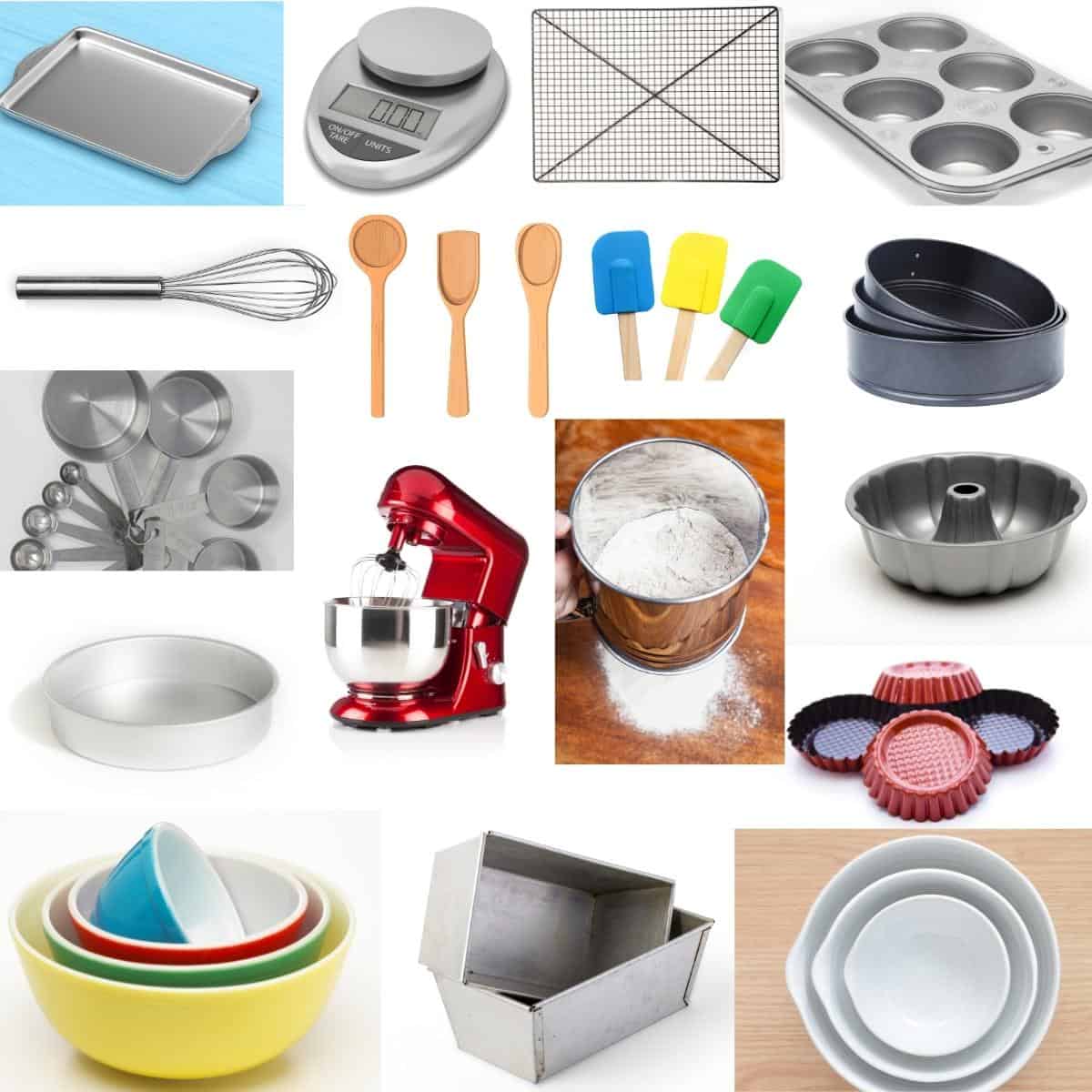The science of baking can be quite confusing and sometimes very frustrating. The same recipe that worked one day can give you different results on another day.

I started baking cakes from scratch very early in life and despite the fact that my mom was an excellent baker, I have had my fair share of cake failures. Over the years, I’ve learned to troubleshoot my own cake baking success and failures
Did you forget to grease the pans before baking? The most common issue is that the cake pans were not greased properly. Another common issue was that the cake was not removed from the pan until cooled completely. This results in the caramelized edges of the cake gett stuck to the pan.
The fool-proof method to making sure the cake comes out of your pan is using parchment paper. And, of course, use good quality baking pans from a trusted brand.
The most common reason for this is overbaking.
– Another reason could be the use of less liquid in the recipe.
– Always, make sure to read the cake recipe correctly, and have all your ingredients ready before you begin the process.
– And most importantly, use a tried and tested recipe from a reputed source.
The most common reason with dense cake is too much flour in the batter.
– Sometimes, it could also be a result of overmixing which can activate the gluten in the flour.
– In some cases, if the ingredients are not at the same temperature, it could result in uneven mixing of ingredients.
– So, it is important to follow the recipe and scale your ingredients correctly.
The most common reason with sinking in the middle is undertaking the cake or baking at a very low temperature which causes the butter to melt and pool in the center.
– Opening the oven door very early in baking can cause the layers to rise and fall instantly sinking in the middle.
– Too much leavening agent in the batter can also cause the cake to rise and fall when it cools.
Overmixing the cake can cause the cake to have a low rise.
– If the leavening agent is expired then the cake won’t rise at all.
– Also, using the wrong leavening agent such as baking powder instead of baking soda in chocolate cake.
Often baking at a very high temperature or overbaking can make cake layers to be dark around the edges.
– Every cake recipe is different and some cakes have more sugar which can cause the cake to naturally caramelize.
– Caramelization is not necessarily a bad thing because it has a lot of flavors.
– I leave it on the cake when frosting but you can trim the edges before decorating. 
Overmixing especially when trying to mix the cake quickly at high speed can cause the egg whites in the recipe to expand rapidly but also collapse quickly during baking. This results in large holes in the cake.
– Another common reason is undermixing which results in the ingredients not being mixed thoroughly. A pool of fat can result in large holes.
Overbaking can evaporate all the moisture in the cake which results in a dry cake. A dry cake over time becomes crumbly and breaks easily.
– During frosting using the wrong tools or the wrong method can cause the cake to break easily.
– For example, when crumb coating a cake try to use an offset spatula and a spreading motion on the frosting without touching the cake layer. This will give fewer crumbs in the frosting and prevent the cake from breaking.
The most common issue with overbaked cake is usually the wrong temperature. Baking at a high temperature or baking at a very lower temperature.
Alternatively, baking for too long can cause overbaking. So always use the recipe time as a guide but test with a toothpick. Insert in the center of the cake if it comes out clean it’s done. If not, give it a few minutes more.

Tips for success
- Use a weight measure to weigh your ingredients. The scale does not lie but a cup can be over or under-filled.
- Make sure all the ingredients are at room temperature. Room temperature butter should be spreadable not too soft or too hard. Cold eggs can cause the butter to become cold.
- Follow the recipe correctly. This includes ingredients and the process of mixing the batter as well as baking the cake.
- Use substitutes that are approved or ones that you are sure will work.
- Grease the cake pans and line them with parchment paper because this is the fool-proof method of getting the cake out of the pan.
- Spread the cake in the pan before baking. This will result in an even baked layer.
- For a flat cake without a dome, use cake strips. These are easily available and inexpensive too. You can also make your own at home with foil and wet paper towels.
- The recipe time is a guide for baking the cake. You must use a toothpick to ensure the cake is baked until a toothpick inserted in the center comes out clean. Also, remember that they will continue to bake after coming out of the oven too.
- Avoid opening the oven door during the first 60% of the baking even if you want to rotate the pans.
- If your cakes get done too quickly or take too long to bake, your oven may need calibration. Use an oven thermometer to check the temperature of the oven is correct.
- Always frost cakes after they are cooled completely otherwise the frosting will melt.
- Most cake layers are best brushed with simple syrup before frosting. This will ensure a beautifully moist frosted cake.

















